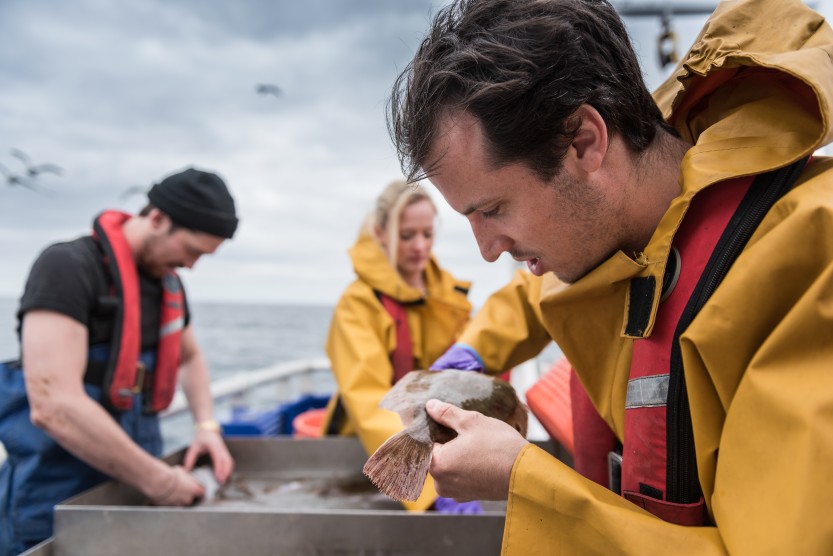No products in the cart.
Return To ShopBest way to prevent mortality and shedding.
The utilization of Passive Integrated Transponder (PIT) tags plays a pivotal role in the research and management of fish populations, enabling detailed studies of behavior, survival, and migration. Ensuring the well-being of the fish during and after the PIT tagging process is essential for the accuracy of the data collected and the success of these studies. Implementing best practices in the implantation of PIT tags is crucial to minimize mortality and prevent tag shedding. This blog post highlights the best procedures for PIT tag implantation, with a special emphasis on the importance of using sharp needles to enhance the process’s effectiveness.
Pre-Tagging Preparation
Health Assessment: Before proceeding with tagging, assess the health of each fish. Those showing signs of distress, illness, or injury should be excluded to reduce the risk of mortality post-tagging.
Anesthesia Application: Employ a suitable anesthetic, like clove oil or MS-222, to minimize stress and immobilize the fish. The choice of anesthetic should be made with consideration to species-specific reactions and regulatory guidelines. Proper anesthesia ensures the fish remains calm and unharmed during the tagging procedure.
Tagging Procedure
Sterilization of Equipment: Sterilize tagging equipment, including needles and PIT tags, to prevent infection. This can be achieved through methods like autoclaving or using disinfectant solutions.
Use of Sharp Needles: A key aspect of minimizing tissue damage and stress during tagging is the use of sharp needles. Sharp needles allow for a cleaner, more precise insertion, reducing the force needed and thereby limiting tissue disruption. This not only facilitates a smoother implantation process but also aids in quicker recovery post-tagging.
Optimal Insertion Site and Technique: Typically, the area between the dorsal fin and lateral line serves as the best site for PIT tag insertion, minimizing impacts on the fish’s mobility and health. Insert the tag with a gentle, precise motion, ensuring it’s parallel to the fish’s body axis to avoid internal organ damage.
Post-Tagging Recovery: Allow the fish to recuperate in oxygen-rich, clean water following anesthesia. Observe the fish until it demonstrates normal swimming behavior, indicating successful recovery from the procedure.
Post-Tagging Monitoring and Data Collection
Immediate Post-Tagging Observations: Monitor the tagged fish for signs of infection or distress in the days following the procedure. This can help in promptly addressing any complications arising from the tagging.
Long-Term Health and Tag Retention Checks: If possible, conduct periodic evaluations to check on the fish’s health and the PIT tag’s retention over time, providing insights into the procedure’s long-term efficacy.
Enhancing Tag Retention and Reducing Mortality: Best Practices
Selection of Tag Size and Type: Opt for the smallest suitable tag for the fish’s size and species to decrease the invasive nature of the procedure. Consider the specific needs of your study when choosing between tag types, balancing factors like read range and data capacity against the physical implications for the fish.
Skillful and Trained Personnel: Ensure individuals performing the tagging are thoroughly trained and experienced. Expertise in the procedure can significantly lessen the time taken and stress inflicted on the fish.
Consideration of Environmental Conditions: When releasing the fish back into their habitat, take into account factors such as water temperature and potential predation threats to optimize survival chances post-release.
Conclusion
Adopting best practices for PIT tagging, notably the use of sharp needles for implantation, is vital for safeguarding the fish’s health and ensuring the validity of collected data. By meticulously planning and executing the PIT tagging process, researchers and fisheries managers can minimize adverse effects on the fish populations under study. This approach ensures that PIT tagging remains a valuable and minimally invasive tool for advancing our understanding and stewardship of aquatic ecosystems.







Add comment